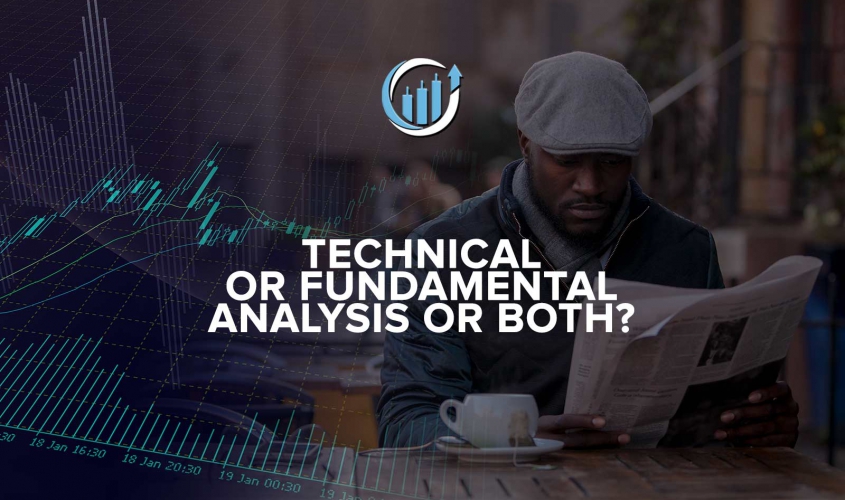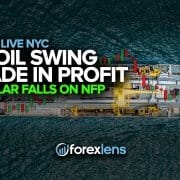Many newcomers to Forex trading are often at crossroads in deciding how they will approach their trading analysis. Do they fool around with the various indicators? Or do they worry about the pending CPI release later in the evening?
The first few weeks to your first few years are challenging, as they require you to devise a trading strategy that works for you. Some traders swear by their technical analysis, while others scoff at the idea that some random trend line will dictate where a pair will go. There is some obvious ambiguity here, so what should a trader base their trades on?
Let’s start off with technical analysis, which is a crowd favorite and for good reason.
Technical analysis is usually what beginner traders are exposed to and taught. Trend lines, support & resistance, Fibonacci retracements, moving averages, MACDs are some of the more common indicators. As a trader of five years, I can genuinely say that technical analysis has its place in trading and can assist in making predictions of future price movement. Want more conclusive evidence besides my opinion? A compilation of findings from 1993 to 2012 resulted in the following conclusion:
“[The] cross-section of portfolios managed using technical analysis shows remarkably elevated skewness and kurtosis values relative to portfolios that do not use technical analysis. In the presence of the former, the latter can be advantageous.”
These findings were then confirmed by a more recent study done in Egypt in 2017 which confirmed that a moving average based strategy lead to greater stock returns than a buy-and-hold strategy for Egyptian Stocks.
Great! I’m good to go, let me slather on my support & resistance lines, set up my moving averages and I’m ready to be a profitable trader.
Not so fast! We have to remember we are trading currencies of different nations in the world. Your technical analysis could be screaming for a long, but if a nation is losing jobs, increasing unemployment claims, increasing inflation, then it’s more likely than not that the currency will weaken against others. This is where the importance of fundamental analysis comes in.
Fundamental analysis is done by gauging the economic, social and political forces that drive and back a currency’s strength. You will need to be aware of economic events such as monetary policy, nonfarm payroll, ECB meetings and speeches by central banks.
You may want to bookmark a website such as a Forex Factory (http://forexfactory.com) which provides an up to date calendar of events and their subsequent results. Be wary of holding trades during these news releases as the markets can become very volatile within minutes prior to and after the release. Although many websites like Forex Factory, provide the results of an economic release, it is always good to listen to the speeches yourself and do your due diligence.
Hopefully by now you, a beginner trader has learnt that an ideal trade setup usually has both technical analysis and fundamental merit behind it. Ensuring that these two driving forces align can vastly increase your profitability in trading and allow you to develop a trading strategy that you can replicate from trade to trade.
If you want to learn more about how to become a profitable forex trader, speak to one of our live chat agents at the bottom right of the page, or email us at [email protected]









